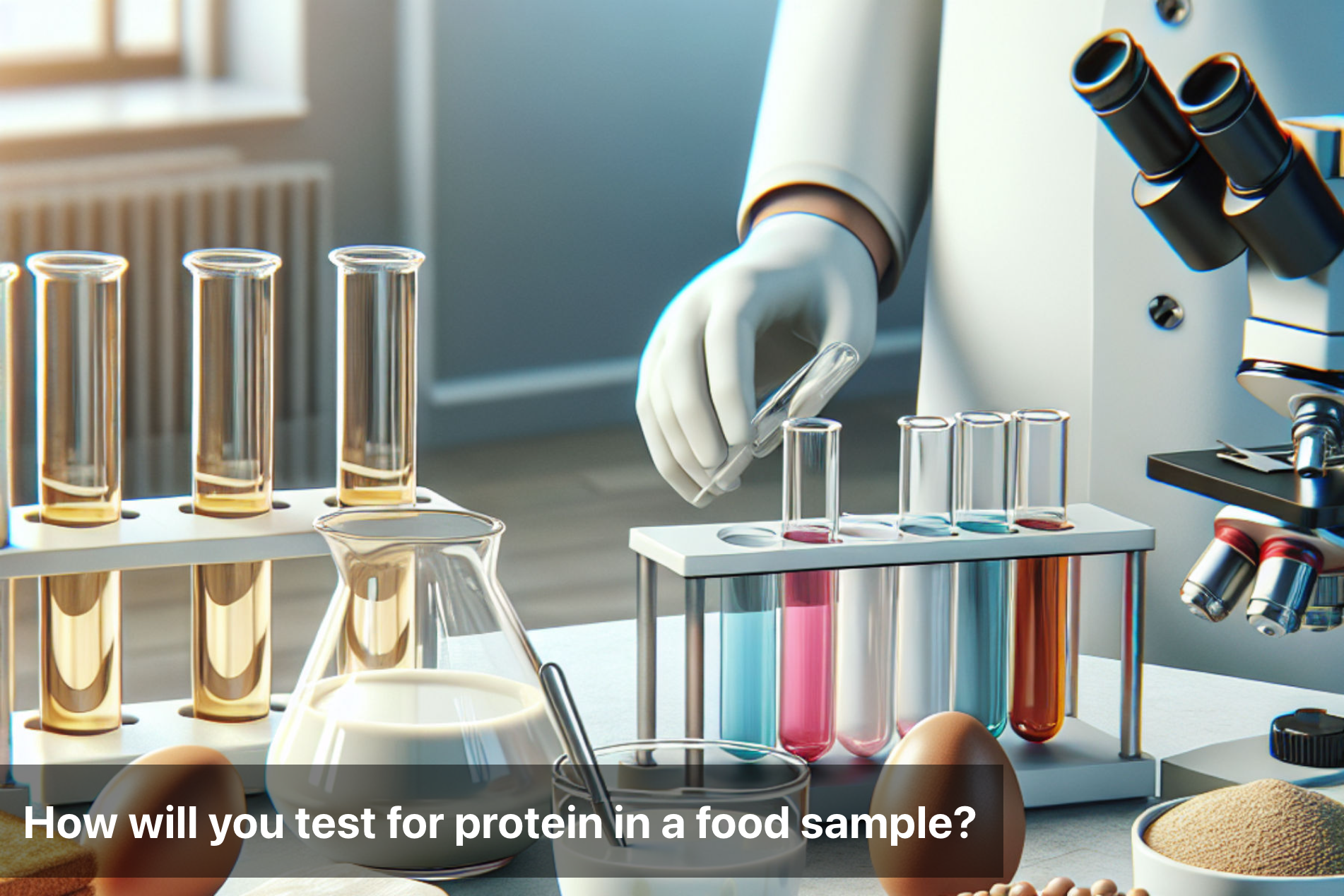
How will you test for protein in a food sample?
Testing for protein in food samples is crucial to ensure quality and nutritional value. It allows us to verify the protein content and assess the overall quality of the food products. Various methods are utilized to conduct these tests accurately and effectively.
Primarily, protein tests in food samples are essential to determine the nutritional composition of the products. By testing for protein, we can validate the authenticity of food labels and cater to consumers with specific dietary requirements. Additionally, protein testing helps in quality control during food production, ensuring consistency and meeting regulatory standards.
Common methods employed for protein testing in food samples include the Biuret test, Bradford assay, and Kjeldahl method. Each method has its advantages and specificity, allowing for accurate measurement of protein levels in different types of food samples.
Understanding the significance of testing for protein in food samples is vital for both consumers and food manufacturers. By employing reliable and suitable testing methods, it becomes possible to maintain quality, accuracy, and compliance in the food industry. Testing for protein ensures transparency and reliability in the nutritional information provided to consumers.

Chemical tests for protein in food samples
Biuret Test: Violet color formation with biuret reagent.
Lowry Protein Assay: Blue color formation with Folin-Ciocalteu reagent.
Bradford Assay: Blue color change with Coomassie Brilliant Blue dye.
Kjeldahl Method: Measures nitrogen content via digestion and titration.
Spectrophotometric Methods: UV-visible spectrophotometry for absorbance changes.
Sulfur Dioxide Test: Detects sulfur-containing amino acids.
Xanthoproteic Test: Yellow color formation for aromatic amino acids.
Instrumental methods for protein analysis in food samples
Instrumental methods play a crucial role in analyzing protein content in food samples, offering precise results essential for quality assessment and regulatory compliance.
Spectroscopy is a powerful technique used to measure protein levels based on light absorption. By analyzing the amount of light absorbed by protein molecules, we can determine their concentration in the sample accurately.
Chromatography, another instrumental method, separates proteins based on their unique properties like size, charge, and affinity, enabling the identification and quantification of different proteins present in the sample. This method is highly sensitive and allows for detailed analysis of complex protein mixtures commonly found in food products.
Electrophoresis is a versatile technique used to separate proteins based on their charge and size. By subjecting the protein sample to an electric field, proteins migrate through a gel matrix at different rates, creating distinct bands that can be analyzed to determine the composition of proteins present in the sample.
Overall, these instrumental methods provide valuable insights into the protein composition of food samples, ensuring accurate testing and quality control in the food industry.
Comparison of different protein testing methods
When considering how to test for protein in a food sample, various methods are available, each with its own set of advantages and disadvantages. The choice of method can significantly impact the accuracy and reliability of protein analysis.
One commonly used chemical method is the Biuret test, which is known for its simplicity and cost-effectiveness. However, this method may not be as sensitive as other techniques, leading to potential inaccuracies in protein quantification. On the other hand, the Bradford assay is highly sensitive and allows for rapid testing of protein levels in food samples.
Another chemical method, the Kjeldahl method, is praised for its accuracy in determining total nitrogen content, which is then used to calculate protein levels. Despite its accuracy, this method is time-consuming and involves the use of hazardous chemicals.
In contrast, instrumental methods like spectroscopy, chromatography, and electrophoresis offer high precision and detailed analysis of protein composition. These techniques provide valuable insights into the types of proteins present in food samples, but they require specialized equipment and expertise.
When choosing a protein testing method, factors such as accuracy, speed, cost, and required resources must be carefully considered to ensure reliable results in food sample analysis.

Protein Analysis in Food Samples: Testing Methods and Approaches
Accurately testing for protein content in food samples is crucial for various reasons. One key takeaway is the variety of testing methods available, each with its own advantages and limitations. From chemical tests like the Biuret test and Kjeldahl method to instrumental techniques such as spectroscopy and chromatography, the choice of method can impact the accuracy and efficiency of protein analysis.
Understanding the importance of precise protein testing can lead to better-informed decisions in the food industry. Whether it is assessing nutritional value, verifying product quality, or ensuring compliance with regulations, the ability to determine protein levels accurately is indispensable.
By considering factors like cost, time, and sensitivity when selecting a protein testing method, food manufacturers and regulatory bodies can uphold standards and meet consumer expectations. Ultimately, accurate protein analysis contributes to the overall integrity and safety of the food supply chain.
This Blog post is an initiative by Lo! Foods, to provide accurate and Nutritionist / Doctor approved information related to Health. Lo! Foods is India's leading brand for Everyday Functional Foods. Foods designed for specific Health conditions or Needs. Lo! Foods also runs India's largest range of Low Carb Healthy Cloud Kitchens, under the brand names of Lo!, ProteinChef, ATH (All Things Healthy) and DiabeSmart.



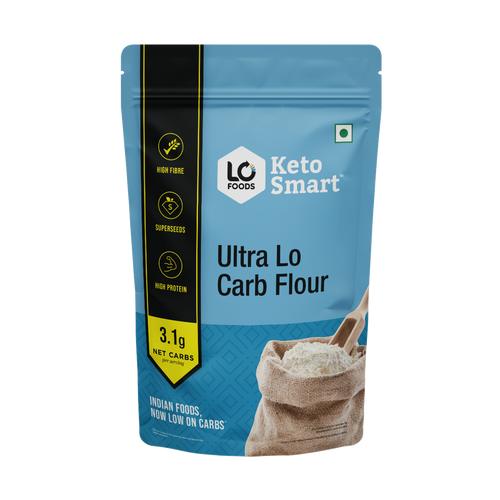
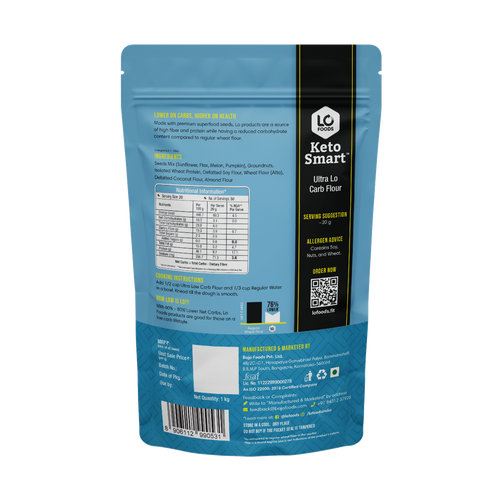

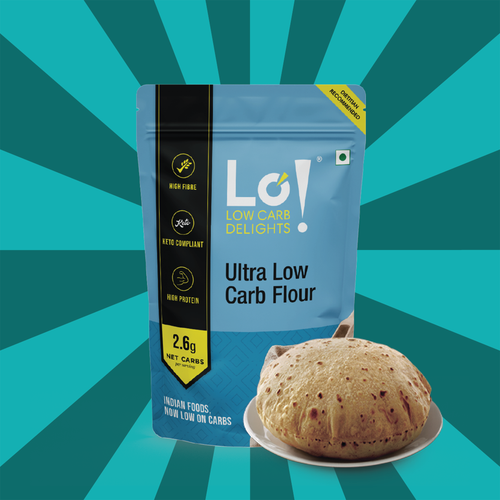


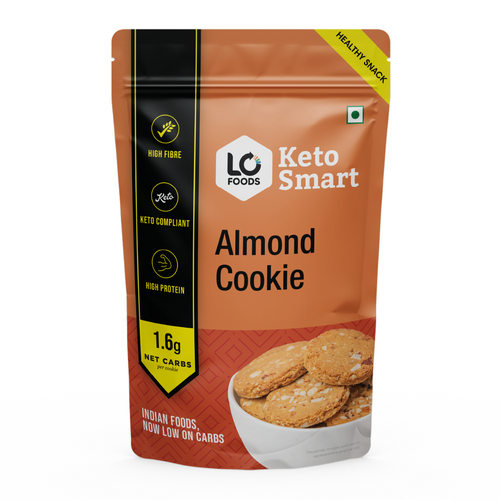



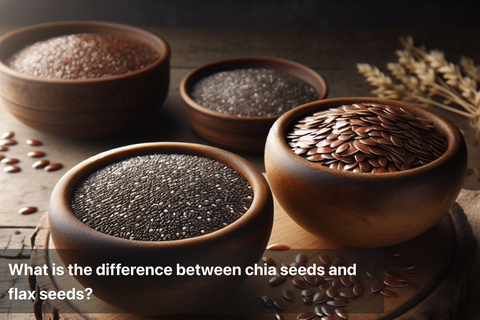

Leave a comment
Your email address will not be published.